How Disney has taken over the world in the past 50 years
Good news: Disney films are the top three highest-grossing ever
Avatar has reclaimed the title of highest-grossing film of all time after being re-released in China. After it first premiered in 2009, director James Cameron's (pictured) Oscar-winning science fiction epic held the top spot for a decade until Marvel's Avengers: Endgame was released. Avatar has now taken more than $2.8 billion (£2bn) at the box office. This is good news for Cameron, who is currently working on four sequels to the Avatar film, the first of which is set to be released in December 2022. But it's also welcome news for entertainment giant Disney, which bought the rights to the film from Fox in 2019. In fact, it's a win all-round for Disney as it picked up the rights to Avengers: Endgame at the same time, and it owns the rights to the third highest-grossing film of all time Titanic. Click or scroll through to see another success Disney is celebrating this month...
Good news: Disney+ is set to beat Netflix
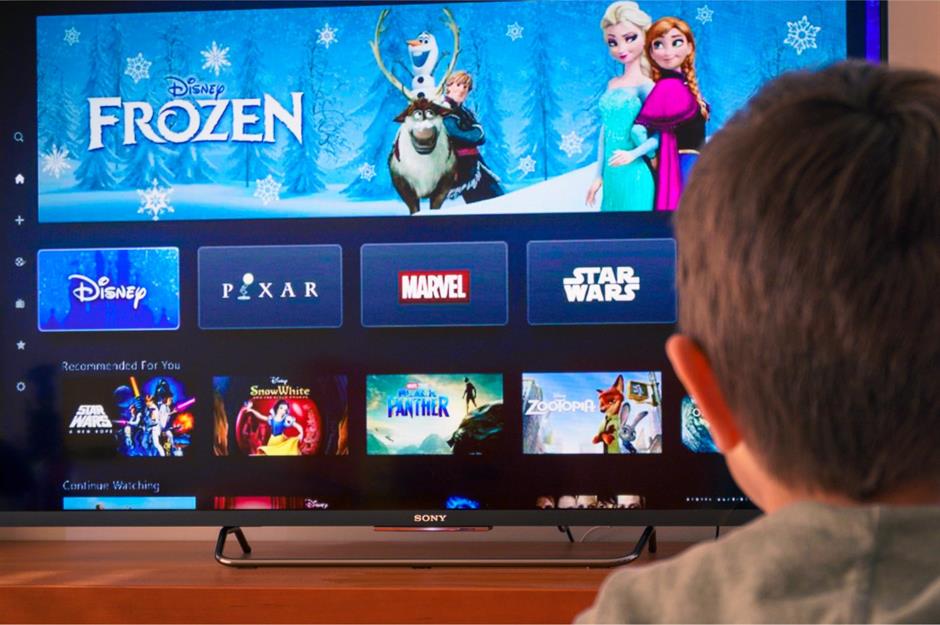
Disney's streaming service Disney+ only launched 16 months ago, but it already has more than 100 million subscribers globally, a number it took Netflix 10 years to reach. While Netflix is currently in the top spot with more than 200 million subscribers, having added 100 million in the space of four years, Disney+ has been forecast to overtake its older rival and become the world's biggest streaming service by 2024. Boosted by global stay-at-home orders due to the coronavirus pandemic, Disney+'s rapid rise has also been driven by successful shows such as Star Wars spin-off The Mandalorian. And Disney is looking to build on its streaming service's strong foundations, so in December it doubled its content budget for the service to $15 billion (£10.8bn). However, the pandemic has seen Disney experience some serious setbacks too...
Bad news: Disney's parks are still struggling to reopen...

From January 2020 Disney parks across the world were shut down as authorities tried to prevent the spread of coronavirus. Resorts in Shanghai and Hong Kong reopened in May and June respectively, albeit with strict anti-virus procedures in place, but Disneyland California remained closed throughout 2020 and is only set to open at the end of April. While Walt Disney World Resort in Orlando, Florida opened in July, US park closures have led to 32,000 lay-offs in America (as of November), and when parks opened they could only operate at limited capacity, which has impacted revenues. In fact, an open park didn't necessarily mean a crowd, and in August 2020 Deutsche Bank analysts concluded that worldwide attendance at Disney parks was down 80% compared to the same time in 2019. Things are even worse for Disneyland Paris, which did reopen from July until October 2020, but now remains closed indefinitely, despite initially announcing it was going to open on 2 April 2021.
But Disney has bounced back from crises before. Click or scroll through to discover the highs and lows of the unstoppable Disney brand...
An early fighting spirit
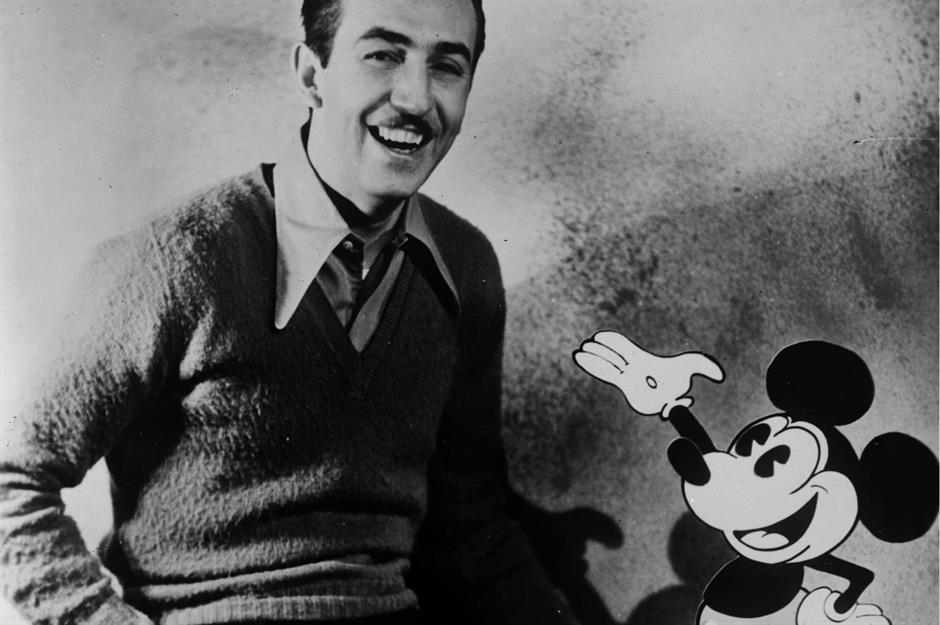
The most Oscars ever

Disneyland shook up the scene
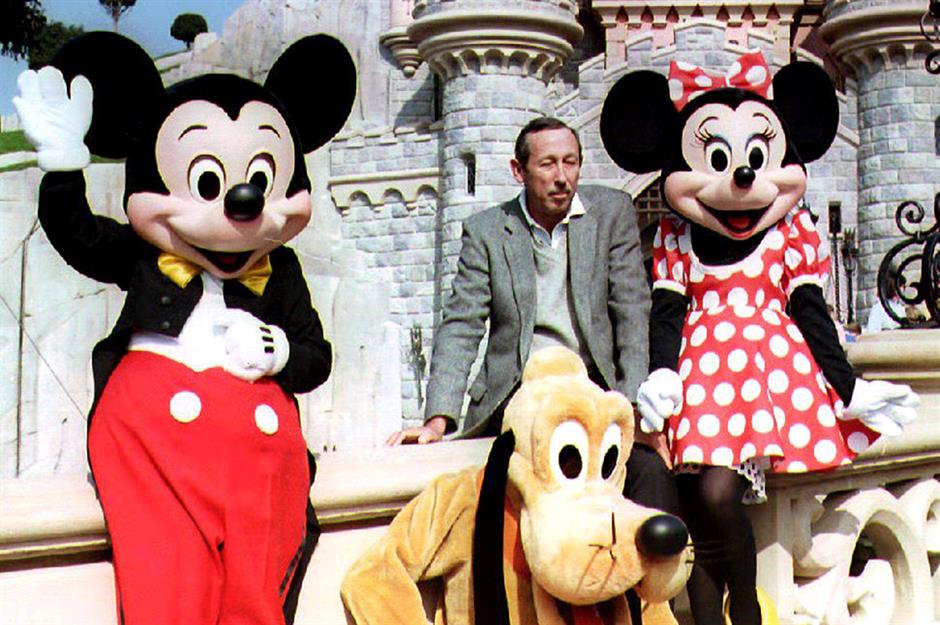
Visitor numbers went through the roof
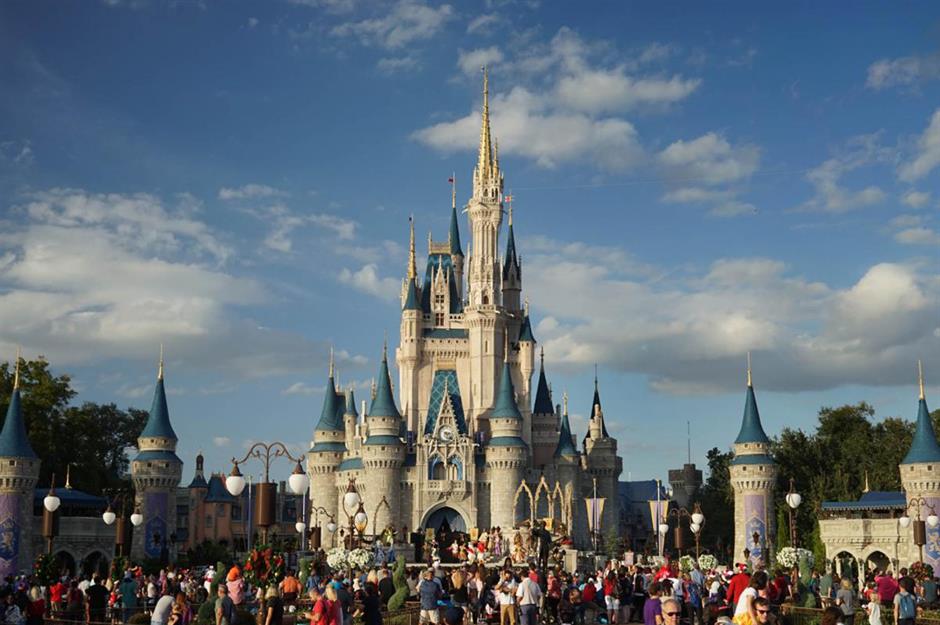
It offered a new type of resort
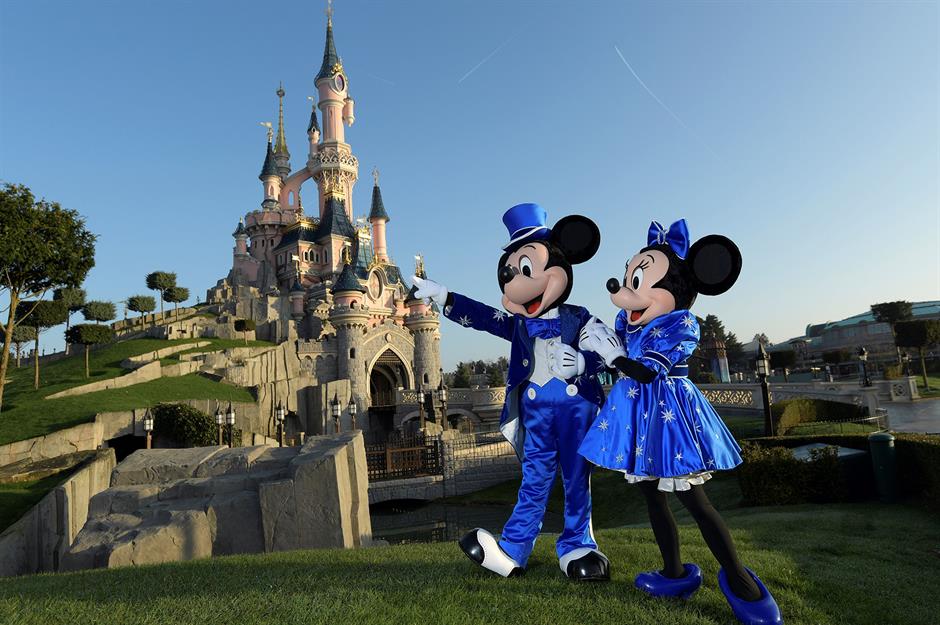
Attention to detail was a cornerstone of the business
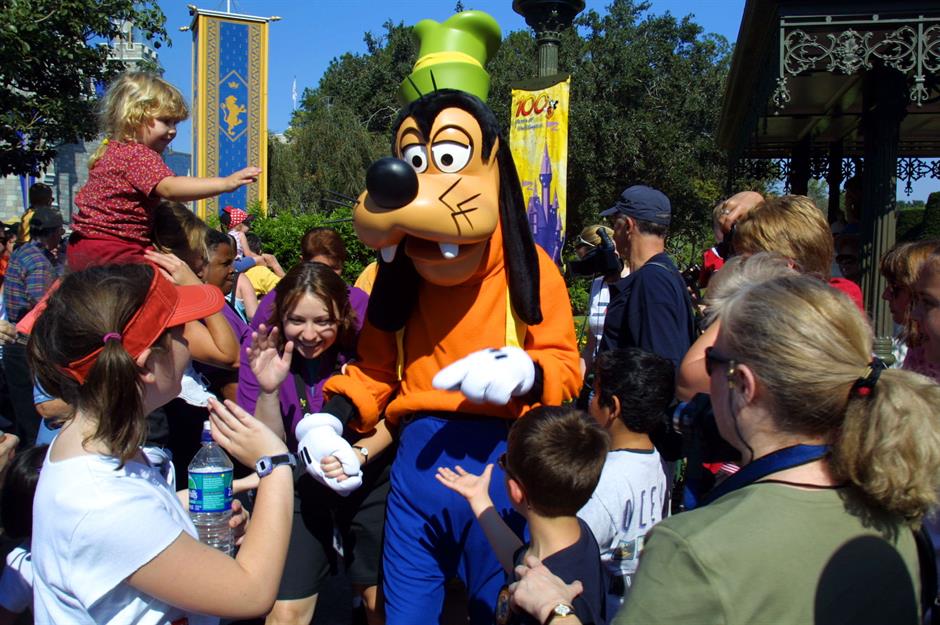
The French said ‘bonjour’ to EuroDisney
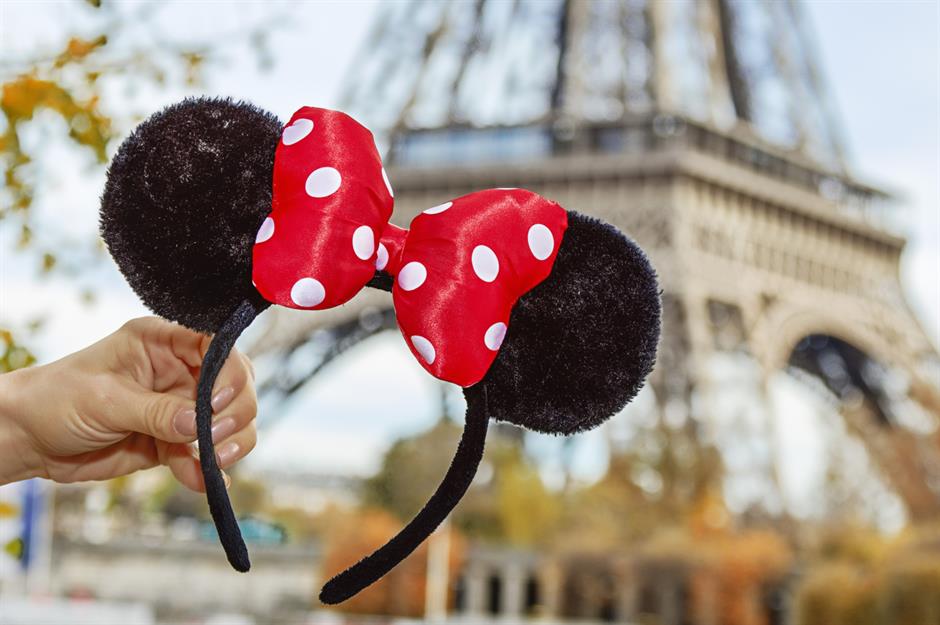
Touchstone Pictures helped Disney reach new audiences
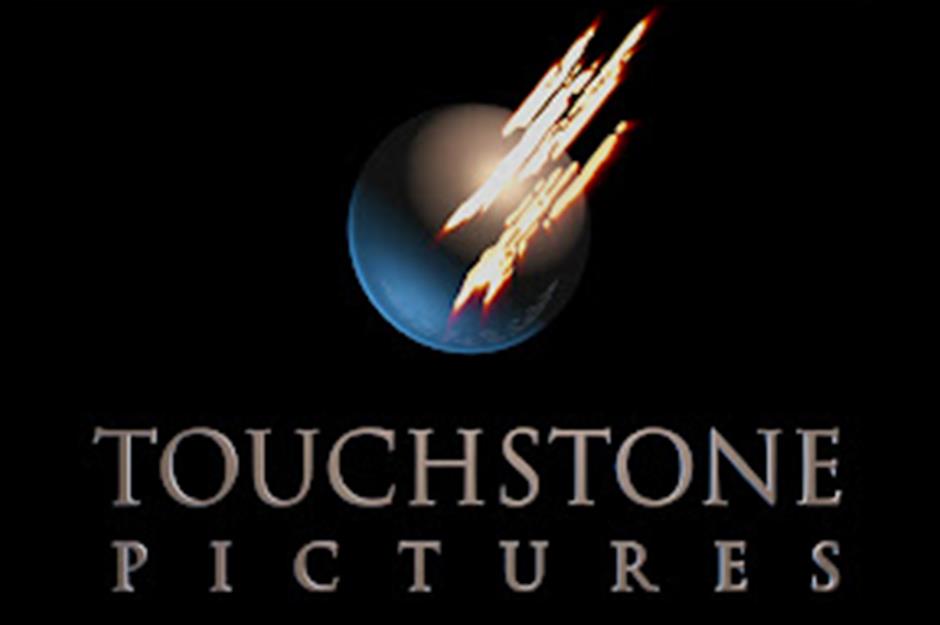
When Disney began making films aimed at teen and young adult audiences, starting with the release of The Black Hole in 1979, it represented a break away from the young, family-oriented characters and themes of earlier releases. In 1984, a new label, Touchstone Pictures, was established under the Disney umbrella, in order to maintain Disney’s family-friendly image and bring the right movies to the right audiences.
Disney expanded its empire to the small screen
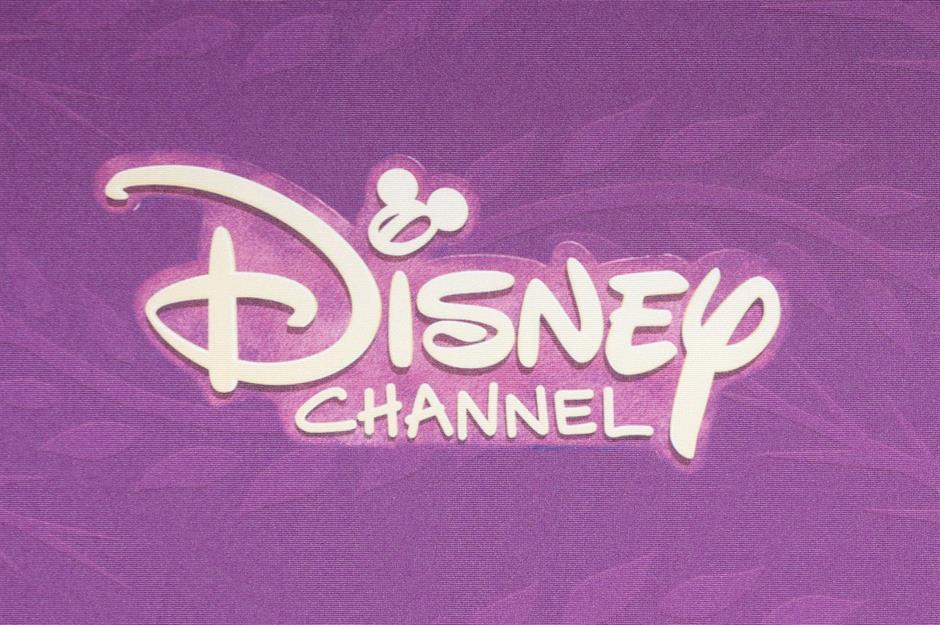
…and changed the face of kids TV
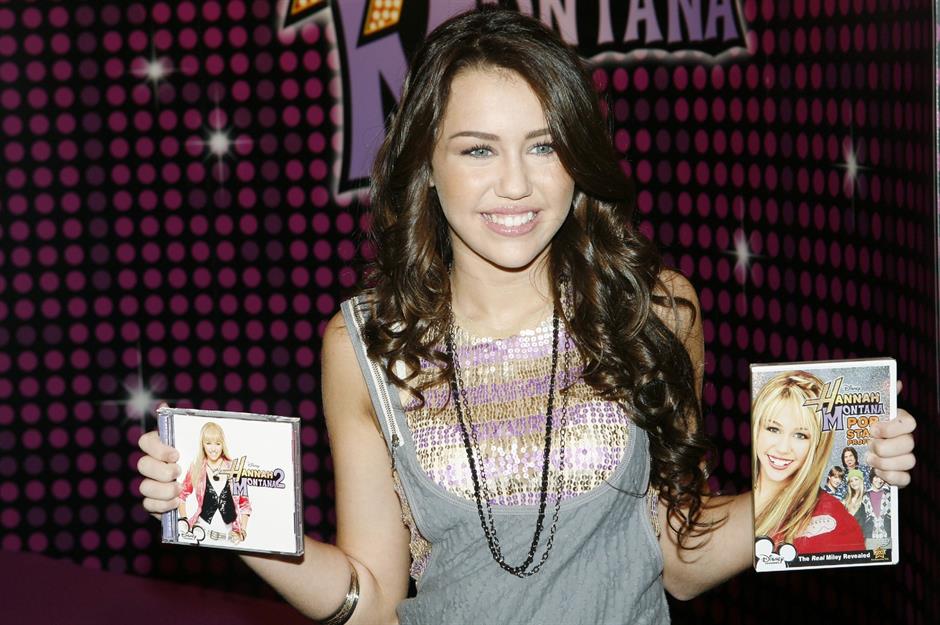
Subscribers steadily grew throughout the 1980s, reaching five million worldwide by January 1990. Later that year, the Disney Channel became available as part of a basic cable service, opening it up to a wider range of viewers. The early noughties were the channel’s golden era, with the release of Hannah Montana and High School Musical helping it to dominate the kids TV scene.
The Disney Decade that lives on
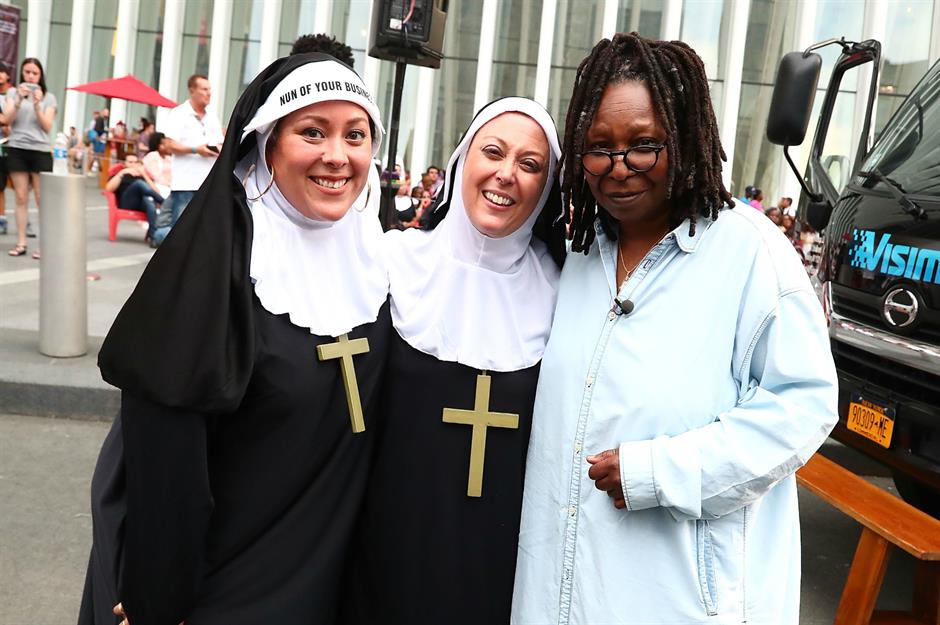
By the beginning of the 1990s, the company was going from strength to strength, with box offices grossing more than $100 million (which is the equivalent of $199m/£154m in today's money) for several big hits, including Who Framed Roger Rabbit, and Sister Act starring Whoopi Goldberg (pictured with some fans of the film at a screening in 2017). The 1990s – often called the ‘Disney Decade’ – saw astronomical growth for the studio, keeping up with founder Walt Disney's track record.
Bringing animation to the mainstream
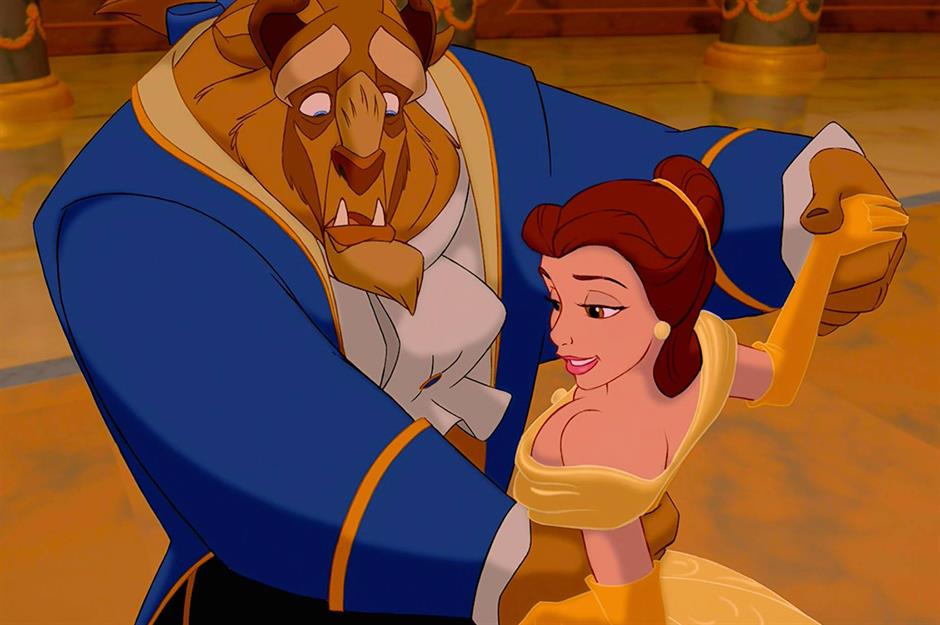
During this decade the studio's 1991 film Beauty and the Beast became the first animated film to be nominated for the Best Picture Academy Award, in March 1992. It lost out to that year's roaring success The Silence of the Lambs.
Box office big hits kept the money rolling in
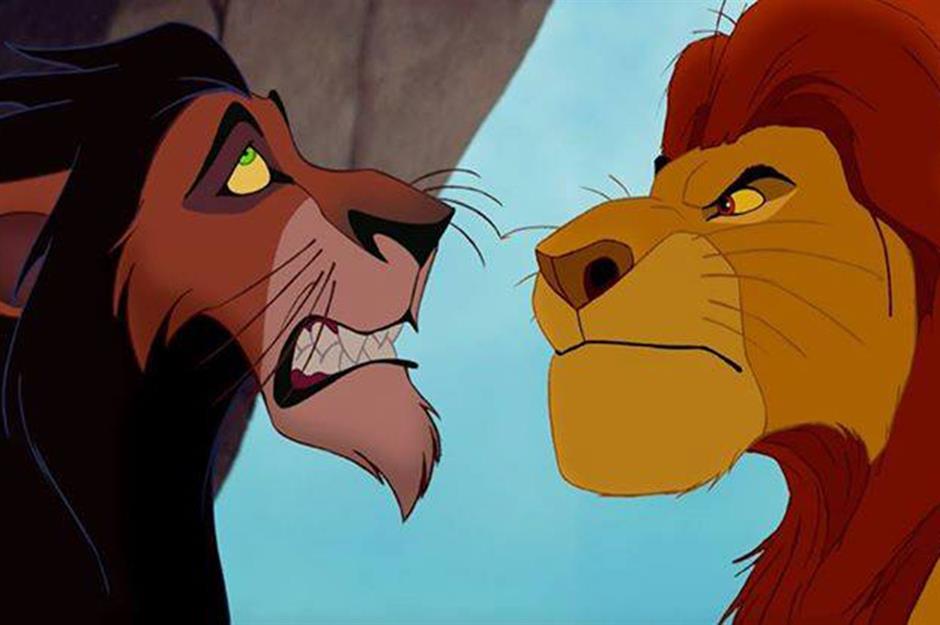
The company’s upward trajectory continued with the release of cinema hits including The Lion King in 1994, which became one of the highest-grossing films of all time. Each year saw the release of another hugely successful movie: Pocahontas in 1995, The Hunchback of Notre Dame in 1996, Hercules in 1997, Mulan in 1998 and Tarzan in 1999. Disney’s rise looked unstoppable.
New technology changed animation forever
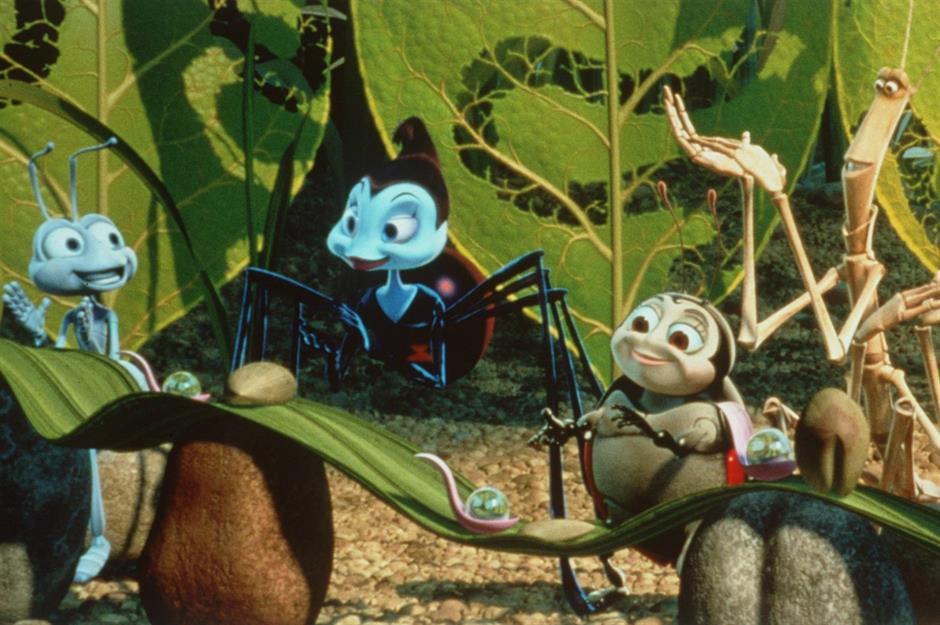
At the dawn of the new millennium, new computer animation technology was showcased in the 1999 release A Bug’s Life. But Disney was pipped to the post to create the world’s first computer-animated movie, an accolade earned by Pixar for Toy Story in 1995. Disney went on to collaborate with Pixar on several movies in the following decade, including Monsters Inc. and Finding Nemo.
People paid a premium for Disney merchandise
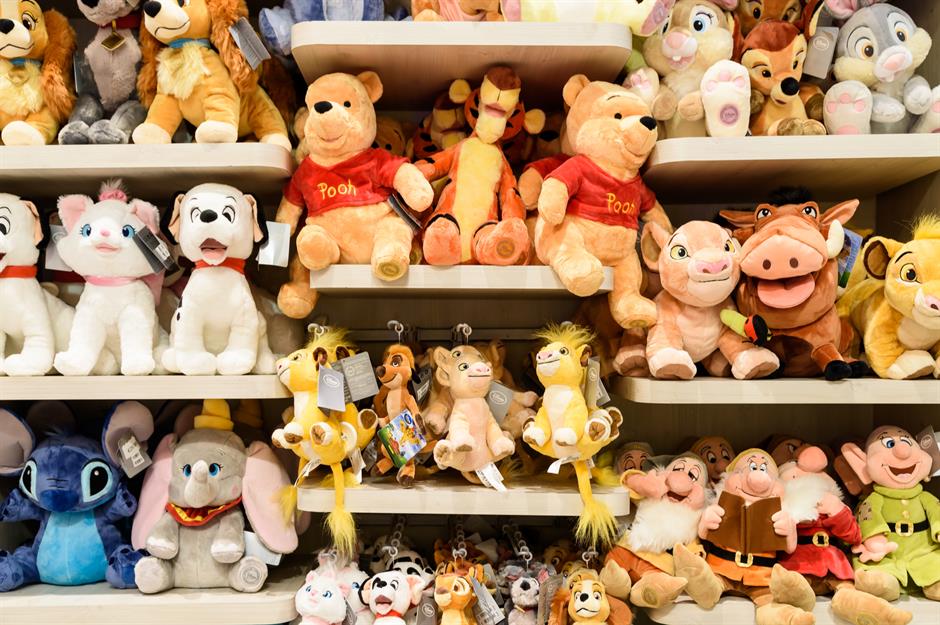
As fans across the world wanted to get their own little piece of Disney’s magic, merchandising increased and by 1996 there were more than 450 Disney stores worldwide – a number which grew to 725 over the next three years. From dolls to pens, the company were able to sell almost anything with the Disney name on it, all the while promoting its theme parks, movies, and other parts of the Disney empire.
Disney’s magic took to the seas
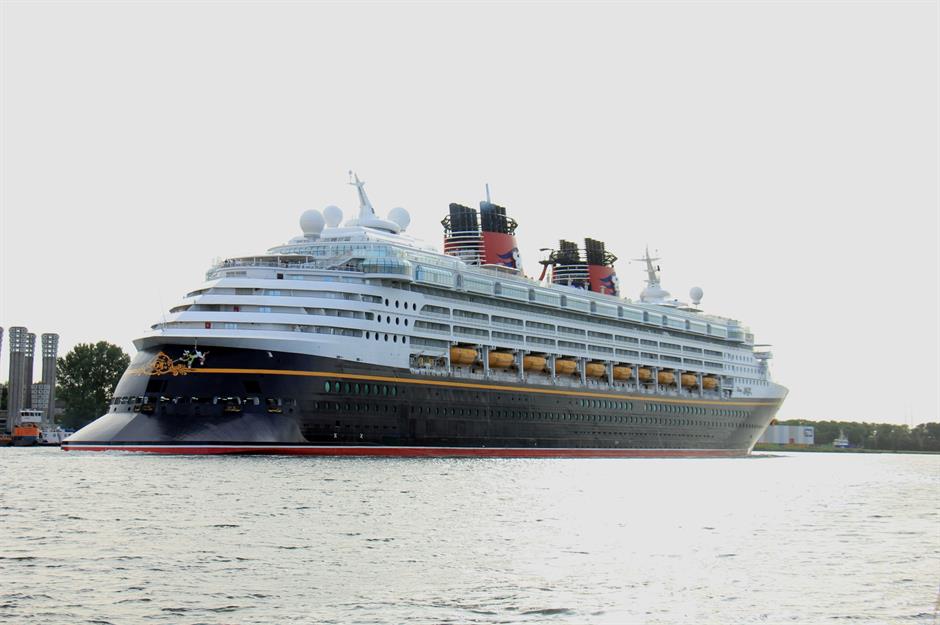
New management shook things up
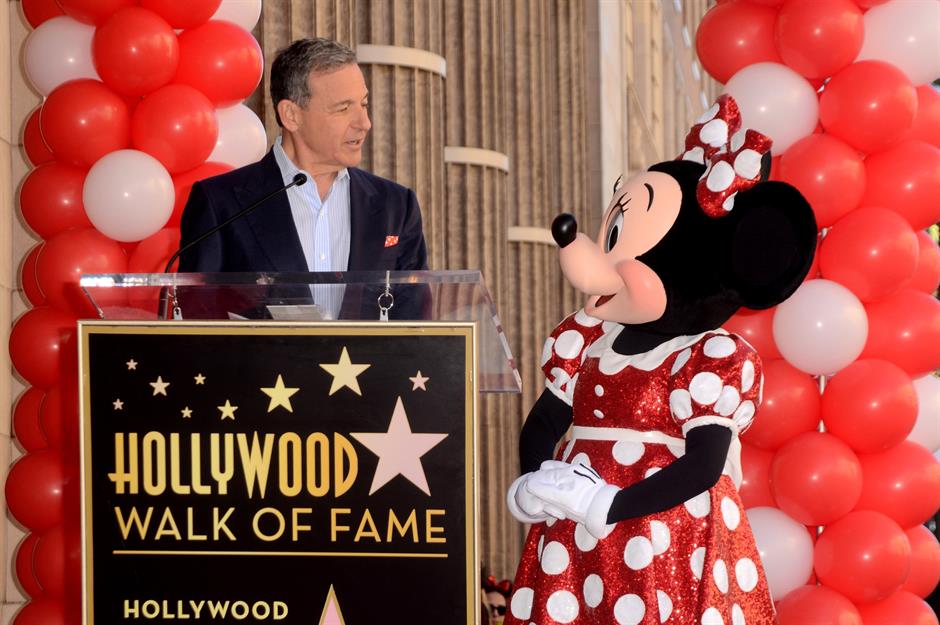
Bob Iger became President and Chief Operating Officer in 2000. With 25 years’ experience at ABC, which included guiding its merger with Capital Cities, Iger had a strong work ethic and business savvy, which would help him to see through the numerous acquisitions that Disney would make in the decade to come. Iger has stayed at the helm of Disney during the pandemic, without taking a salary.
One huge purchase changed everything

In May 2006, Disney grew its empire exponentially, buying Pixar for $7.4 billion (£4.2bn). Having formerly been part of a distribution deal, the merger of the two companies saw Steve Jobs, Pixar’s CEO and best known as the man behind Apple, join Disney’s board of directors. “The addition of Pixar significantly enhances Disney animation, which is a critical creative engine for driving growth across our businesses”, said Bob Iger at the time.
The spending spree didn’t end there
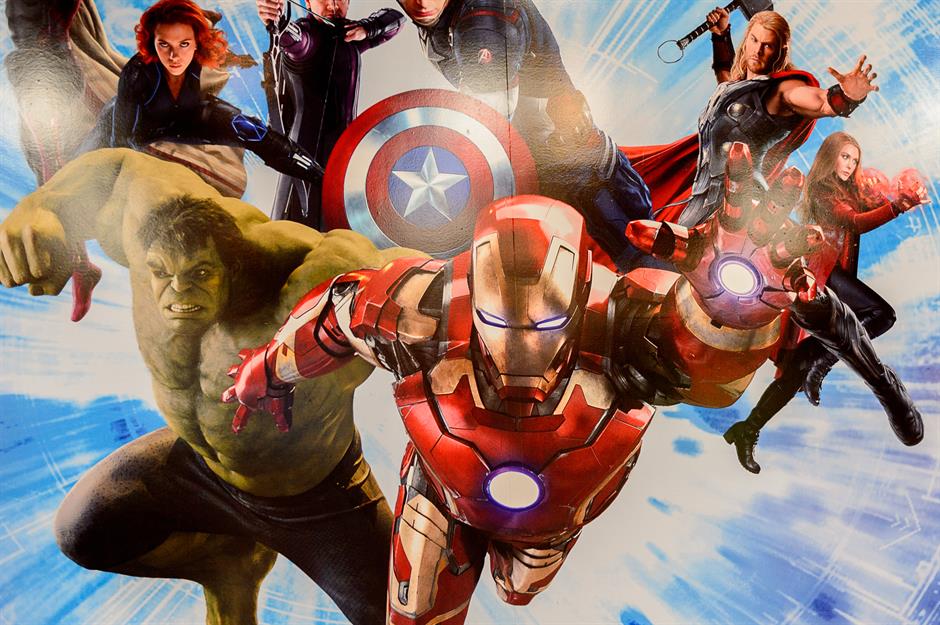
But Disney wanted an even bigger slice of the entertainment pie. In 2009, despite a global recession which had most CEOs reining in their companies’ finances, Disney bought Marvel for $4 billion (£2.8bn). Joining the ranks of family movies and cartoons, the superhero characters and action-packed storylines brought a new audience of largely young, male viewers into Disney’s reach.
Movies continued to wow audiences
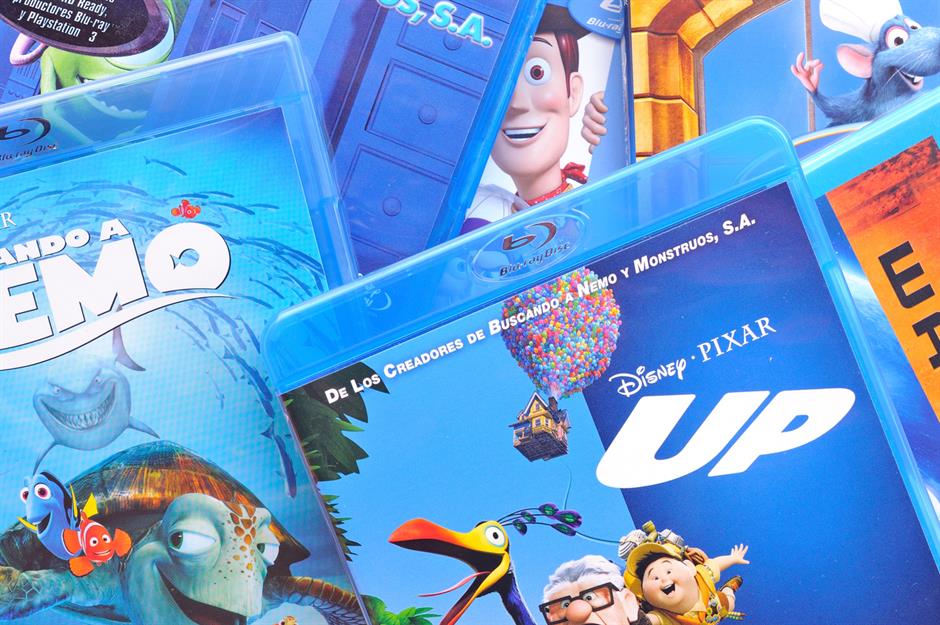
Along with historic mergers, the studio was still proving that it knew how to make films. In fact, the noughties saw the release of some of Disney’s biggest commercial and critical successes. The Pirates of the Caribbean franchise and Finding Nemo did massive box office figures, while Alice in Wonderland and Toy Story 3 won two Oscars each. It became clear that Disney’s offering was expanding in ways that Walt Disney might never even have dreamed of.
A former employee shared the company’s inner workings
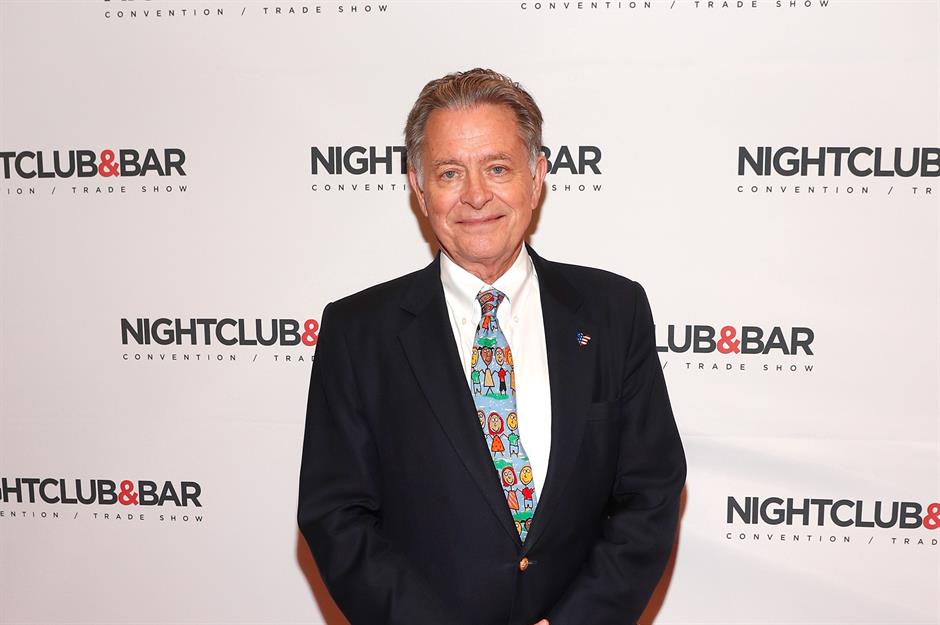
In the 2008 book Creating Magic: 10 Common Sense Leadership Strategies from a Life at Disney, former executive vice president Lee Cockerell describes some of the company’s unique practices, from sending employees home if they’re one minute late to work, to a stringent attention to detail that almost makes working there a religion.
A third big acquisition was made
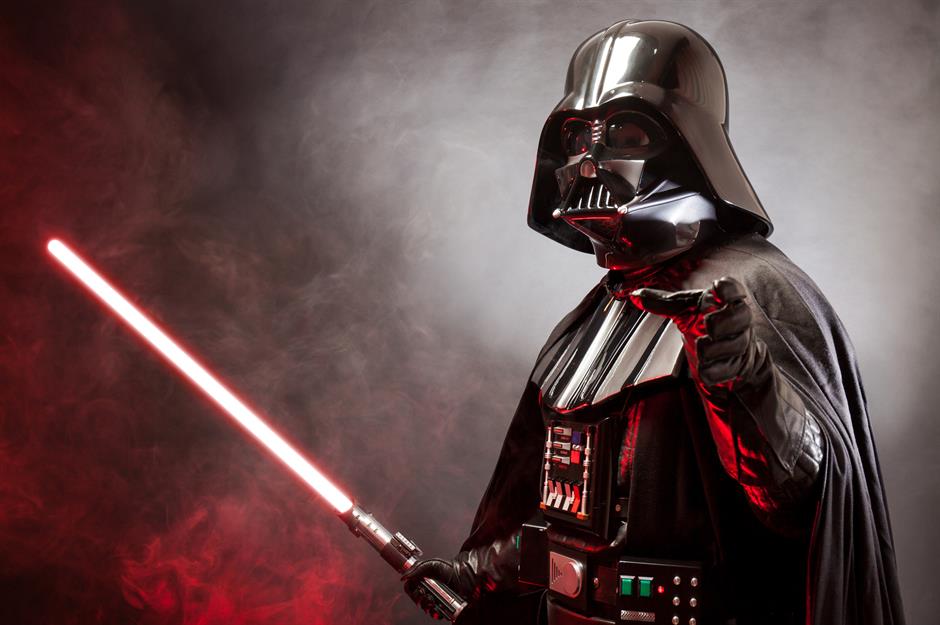
To round off its hat-trick of big media mergers, in 2012 Disney purchased Lucasfilm, the company behind the iconic Star Wars movies, for an astonishing $4 billion (£2.5bn). Many fans were delighted with the move, as it meant that new Star Wars movies would be produced after founder George Lucas had insisted for years that there wouldn’t be any more.
Take a look at the Star Wars rich list
Disney expands its media empire with a hefty merger
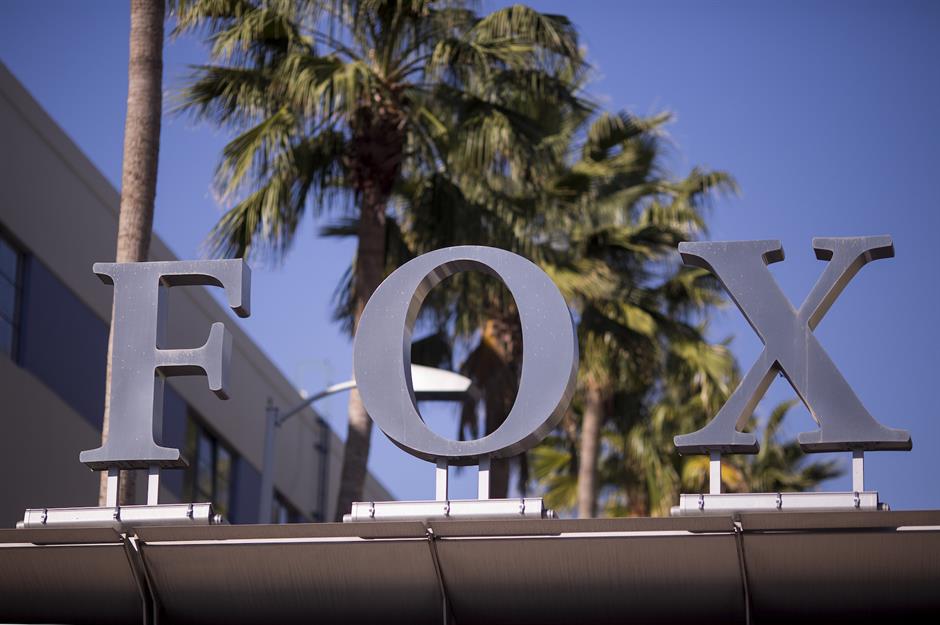
Seven years later, Disney went on to acquire its former media rival 21st Century Fox from Rupert Murdoch in March 2019, in what was one of the biggest media merges of all time. The mammoth $71 billion (£54.6bn) deal gave Disney the rights to franchises including Avatar and The Simpsons, while the company now also owns the Fox film and TV studios, National Geographic and Indian TV giant Star India. In January 2020 Disney announced it was dropping the Fox name and rebranded as 20th Century film studios and Searchlight production.
Sequels and prequels are big money-spinners
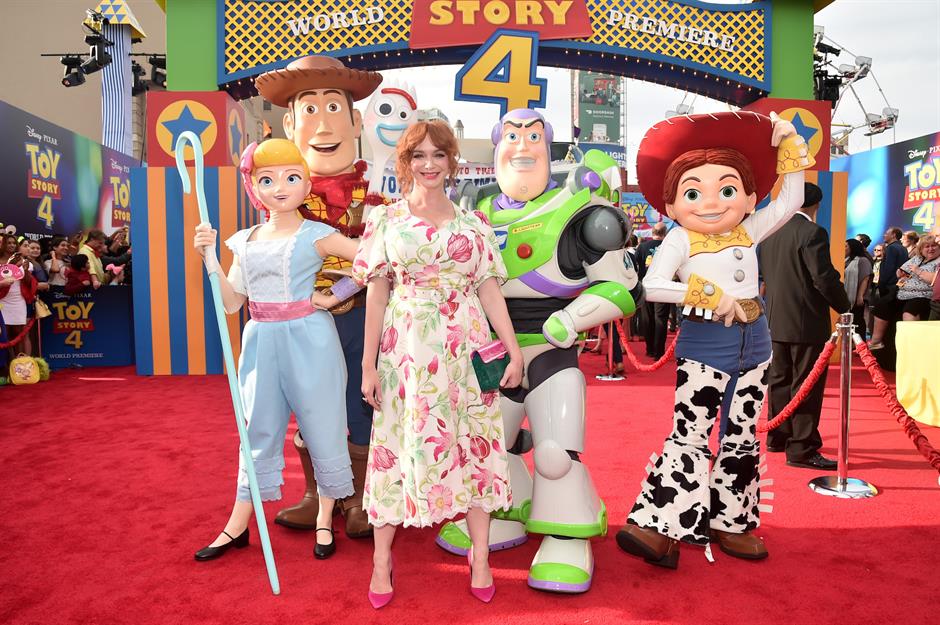
Another leaf to take out of Disney’s book of success is the power of franchises. Cottoning onto the deep-rooted appeal of beloved storylines and characters, Disney has created a string of sequels and prequels to big hitters, which most recently includes Frozen 2 and Toy Story 4, released in 2019.
…along with reworked classics
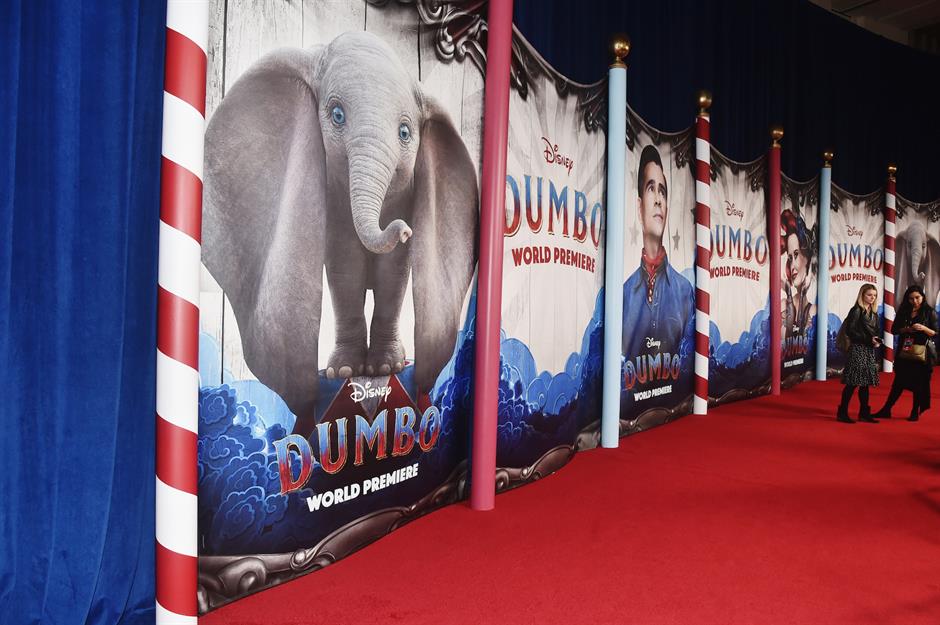
In recent years, several old favourites have also been revamped with computer animation, bringing even more box office success. A live-action version of The Jungle Book hit cinemas in 2016, based on the 1967 classic, while re-imagined versions of Dumbo and The Lion King were released in 2019. Disney’s most recent live-action venture had a lot to live up to as it was set to draw in a whole new audience and was the first big release to go online without a run in cinemas…
A home cinema blockbuster
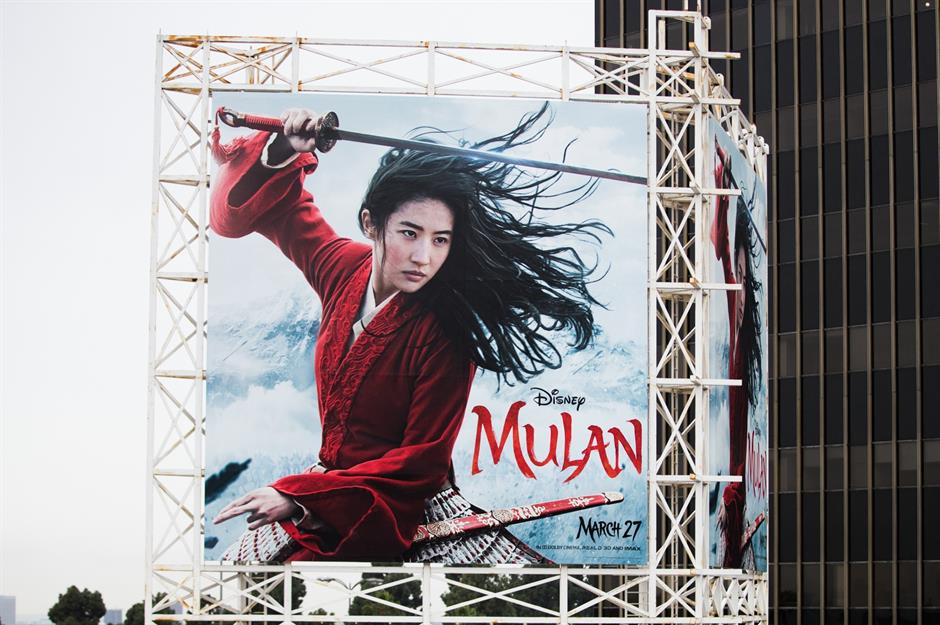
As mentioned Disney's streaming service Disney+ was launched in the US in November 2019, and arrived in the UK and other European countries in the following March. On the first day of its launch in America, reportedly more than 10 million people signed up for the fee-paying service, offering Disney, Pixar and Marvel movies, Star Wars, plus sports through ESPN+. Disney then made the bold move to release the long-anticipated live-action remake of Mulan through its new service as cinemas were forced to shut due to the pandemic. Disney+ subscribers had to pay an additional $29.99 (£19.99) on top of their standard fee to watch the film. Mulan's release caused a 68% spike in Disney+ downloads, and brought in $35.5 million (£27.4m) on its opening weekend – all of which was profit to Disney, as the company avoided expensive cinema distribution charges. It was such a success that the next big Pixar animation, Soul, was released on Disney+ on Christmas Day, but this time Disney didn't charge extra for the film.
A love letter to China?
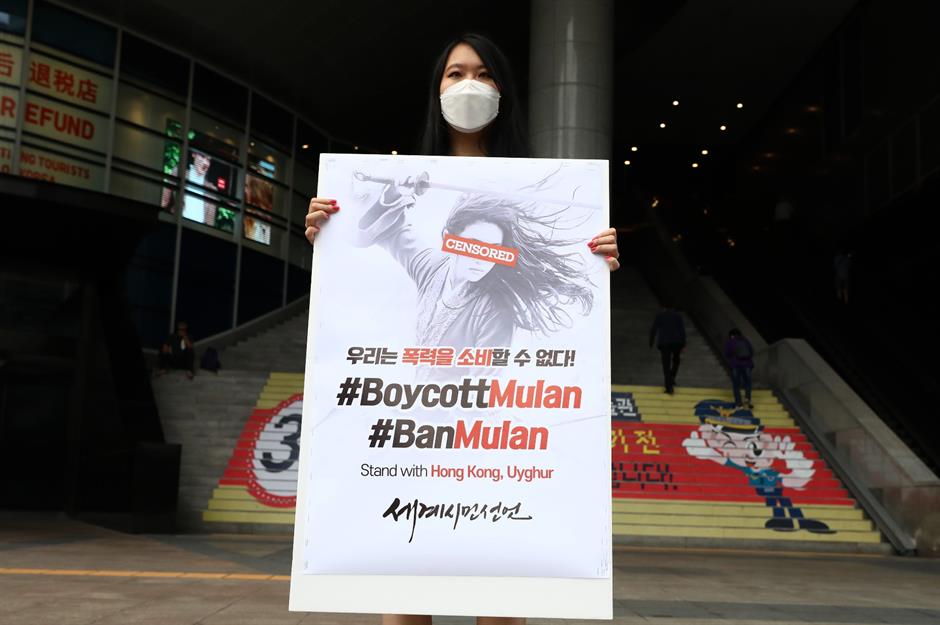
The release of Mulan also had another goal – to win over Chinese audiences, with director Niki Caro describing Mulan as a “love letter to China”, according to Fortune. The 1998 animated version of the film, which is based on the Chinese folk story Ballad of Mulan, was a flop in the country and filmmakers were keen to try and capitalise on the world’s second-biggest box office this time around. Actors well-known in China made up the cast, the script was shared with Chinese authorities and scenes were cut if test audiences didn’t like them. They missed the mark, however, only bringing in $23.2 million (£18.1m) at the Chinese box office on the first weekend, falling short of the $30 million (£23.2m) to $40 million (£30.1m) estimate. The movie also faced calls for a boycott when lead actor Liu Yifei was open about her support of the Hong Kong police in the controversial pro-democracy protests.
Theme parks bringing in the big bucks

One way in which Disney did win over Chinese fans was through its theme parks, and of the 11 theme parks worldwide, there is one in both Hong Kong (pictured) and Shanghai. A large chunk of the company’s revenue was pouring in from its parks, 65 years after the California resort first opened.
Space Age resorts

Before the coronavirus pandemic, Disney had big plans for its parks, including creating completely immersive hotels at its resorts, which will add to its focus on ‘experiences’ rather than ‘things’, in line with general consumer trends. A Star Wars-themed immersive resort that simulates the experience of being on a space station was in the pipeline for two-night stays in 2021, however Disney’s entire park-based income stream suddenly dried up at the beginning of 2020 as a result of the COVID-19 outbreak, putting new ventures, and even old ventures, on hold for an indefinite amount of time.
Disney's finances have been hit hard
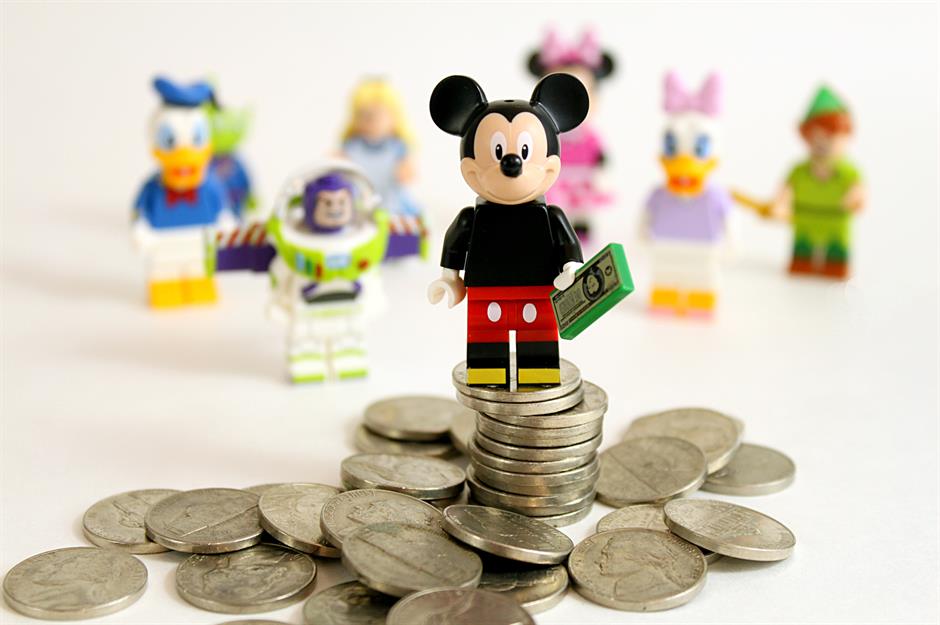
Like the rest of the entertainment industry, Disney has had a tough year. The company's overall revenue had surged by over $10 billion (£7.7bn) to $69.7 billion (£53.6bn) in 2019, making it the best financial year in Disney’s history, which couldn't be more different to the story in 2020. In June, Disney reported its first quarterly loss since 2001 – a sum of nearly $5 billion (£3.86bn). In response, the company raised nearly $11 billion (£8.5bn) in new debt to try and make it through the pandemic and furloughed more than 100,000 workers. Overall revenues in 2020 reached $65.39 billion (£46.9bn).
A legacy that will prevail
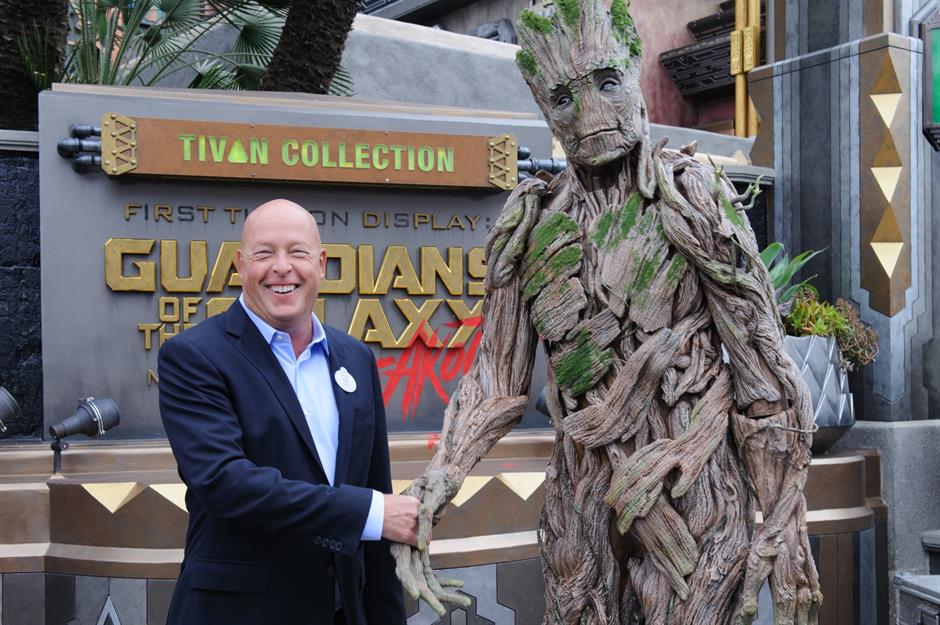
Almost 100 years after that first Mickey Mouse cartoon was sketched out, the Disney brand won’t go down without a fight. Whether you’re a doting fan or a hardened cynic, it’s difficult not to be impressed by Disney’s success, even while it weathers what could be the most challenging time in the company’s history. Many of Disney’s strengths – the ability to innovate and evolve with the times, devotion to storytelling and attention to detail – are part of Walt Disney’s legacy, and will be key in helping the different pillars of the company to survive as new CEO Bob Chapek (pictured) takes over the reins. While it may have become bigger than Walt Disney ever could have imagined, there’s no doubt that the man who started it all laid down the foundations for its continuing success in this century.
Now read about the brands that profited in times of crisis
Comments
Be the first to comment
Do you want to comment on this article? You need to be signed in for this feature